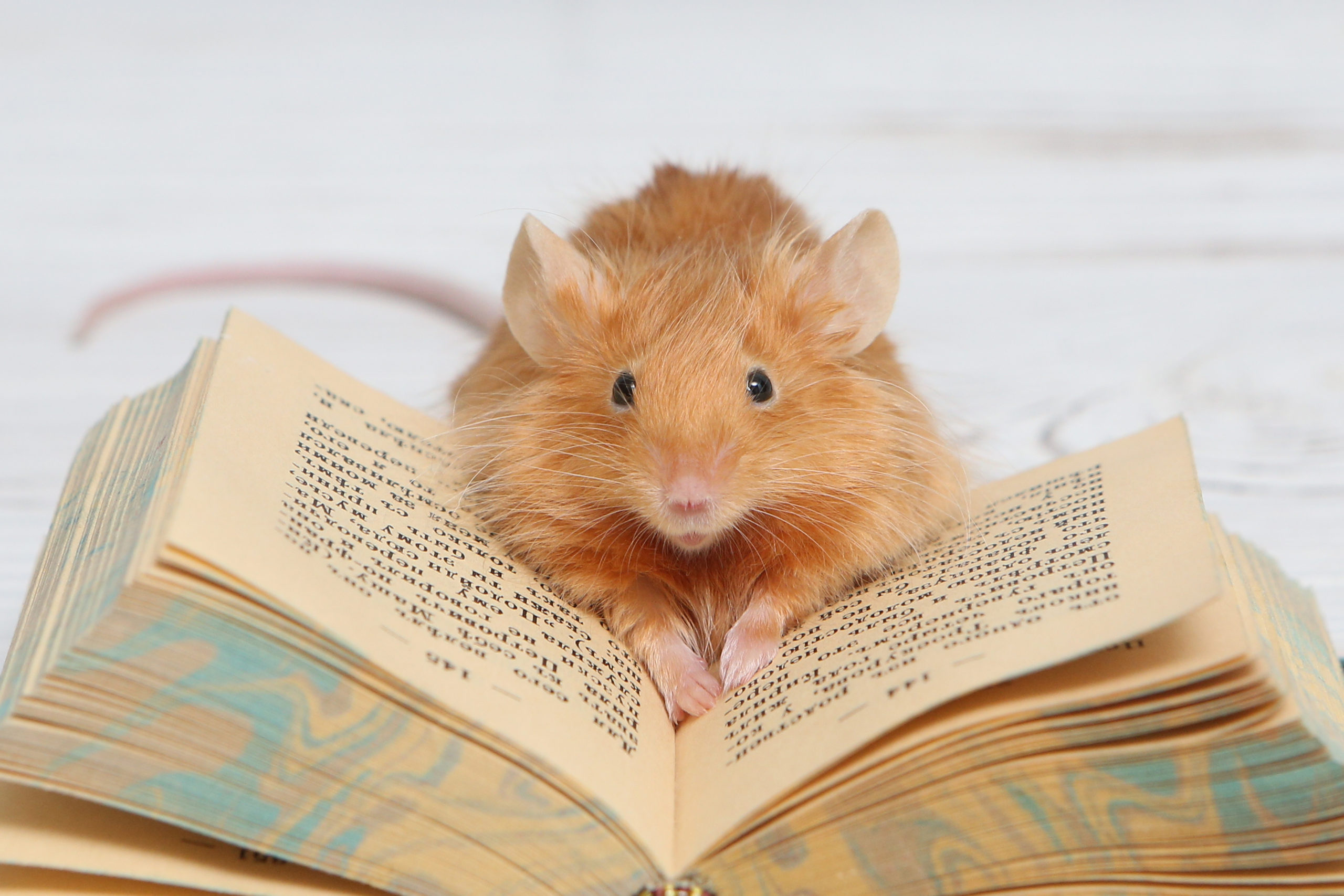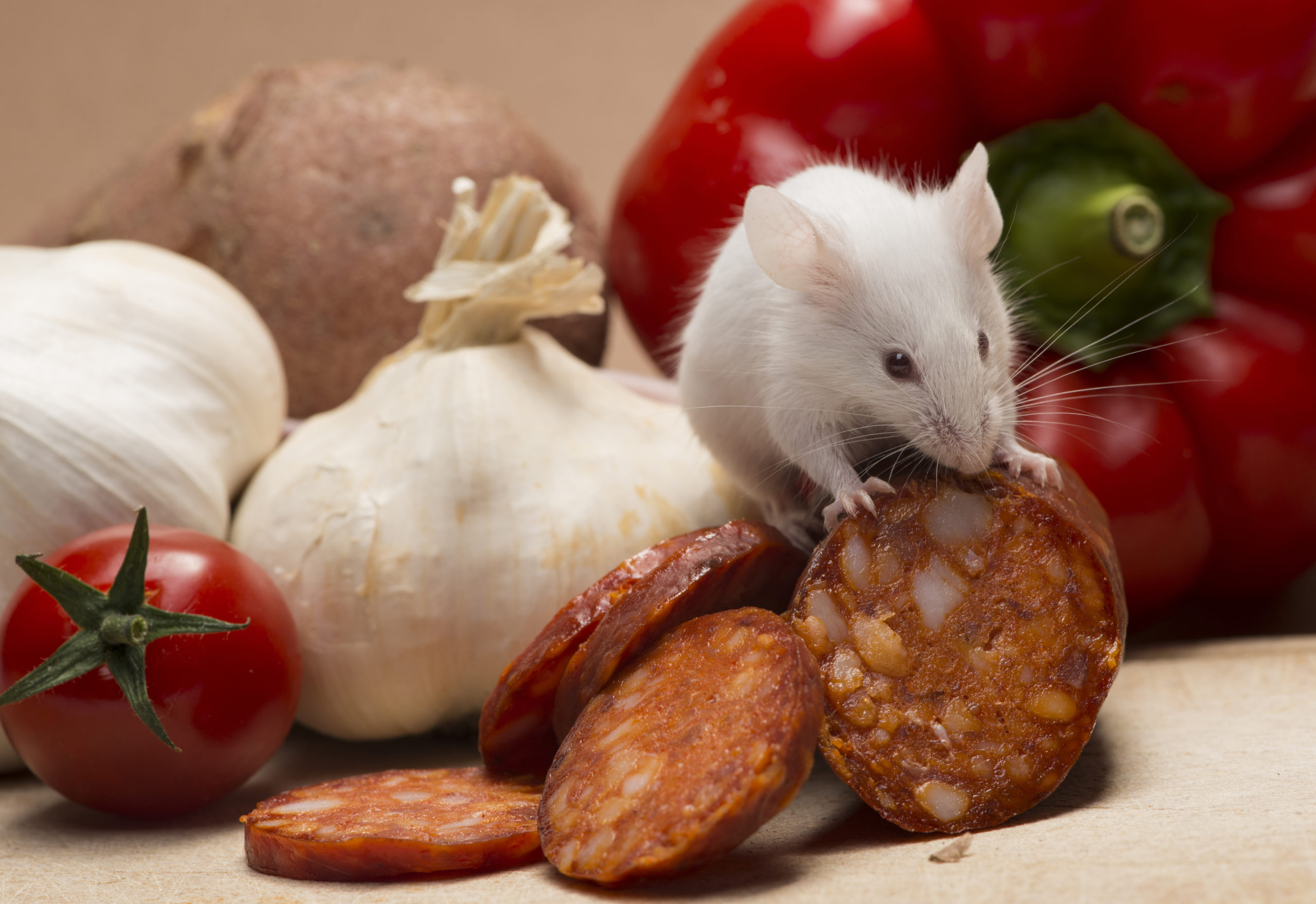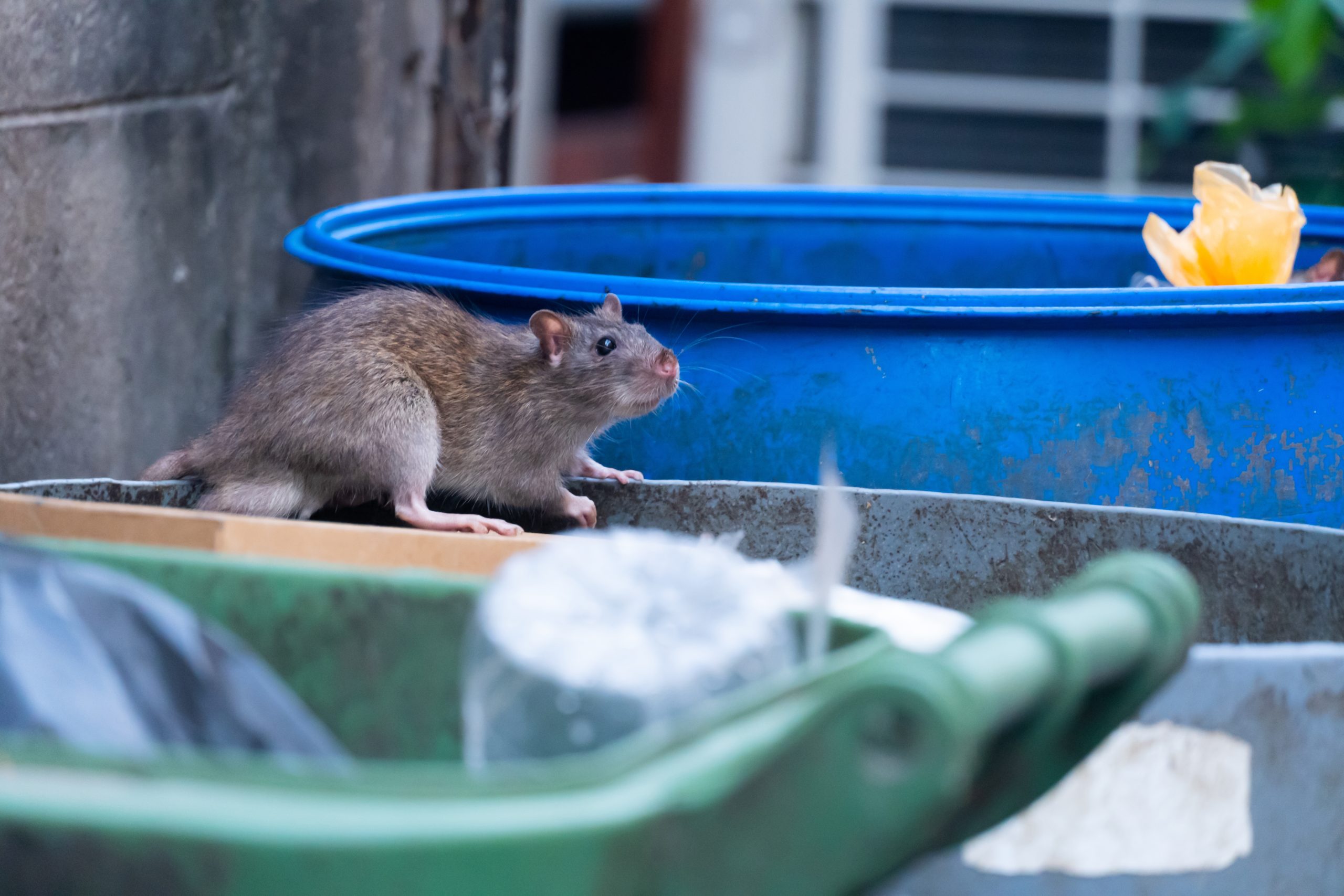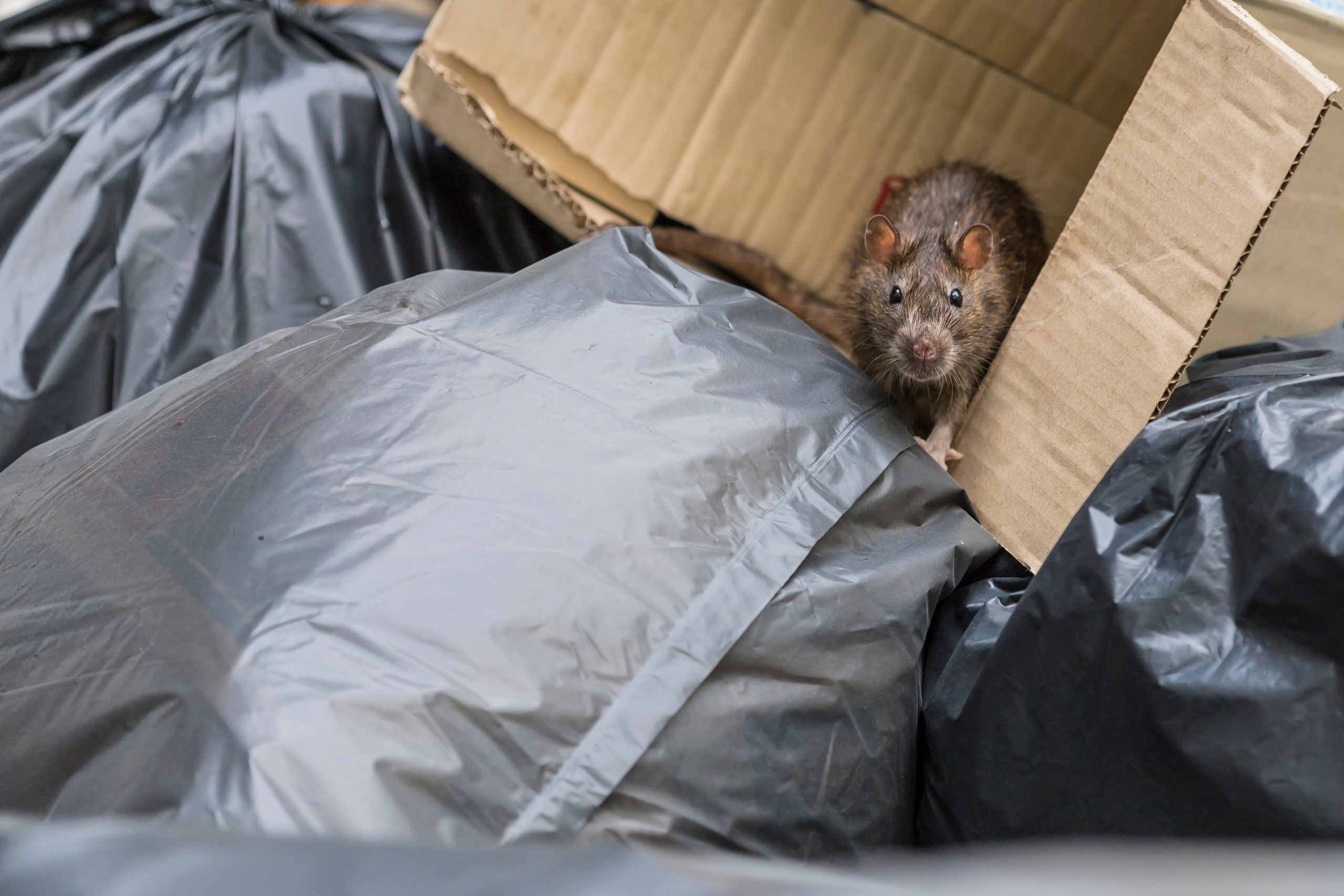The Fascinating Facts and Fallacies of Rats in Ratatouille: Part 2
The Fascinating Facts and Fallacies of Rats in Ratatouille: Part 2
Welcome to part two of our mini-series dedicated to the lovable rats of Ratatouille! Our first blog was all about the details of Remy and his colony compared to real rodents, as well as some interesting pest control methods from elderly Mabel in the beginning of the film. You can read it here as a refresher for this edition. In today’s blog, we are focusing on some of the more seemingly-realistic habits and actions of the rats in the movie, and comparing them to those of the real rodents we know all too well. This animated film is a fun classic, but are some of the character-building plot points included for realism or for marketing? Let’s find out!
Intelligence Level

Remy may possibly be the smartest rat we know, considering the amount of skills he has without too much explanation. He is a culinary genius, knows exactly which ingredients to add to a dish to improve it, understands different languages, can read, and knows enough about human behavior to help Linguini appear somewhat normal. But how smart are actual rodents? They cannot cook or read (as far as we know), but rats are actually smarter than we give them credit for. They can be trained to do a step-by-step process for all kinds of everyday tasks, which is often the focus of rodent studies performed in labs. The main reason for their seemingly excellent memories and strategies is due to place cells. These specialized braincells are responsible for helping the rat remember routes they have taken and each location they visited. This could be why it takes no time at all for Remy to know where everything is in the professional kitchen at Gusteau’s. But in reality, female rats have more cognitive flexibility than males, meaning they are able to learn tasks and processes more quickly and easily. If Remy went to an all-male rodent school, he definitely would have graduated at the top of his class!
Rats in the Restaurant

Perhaps the most realistic part of the film is when the Health Inspector shuts down Gusteau’s restaurant after being freed from being tied up by rats in the freezer with cruel chef Skinner. Not the act of them being tied up, as interesting of a concept as that is, but the fact that he closed down the place after seeing it truly was rat-infested. In the real world, one rat being found in a restaurant could be enough to make anyone who knows about it never want to return. But an entire rat colony in a professional kitchen? That would for sure bring the restaurant down, and any future culinary endeavors made by the owners would be tarnished if the reports of this incident were released. Any kind of pest is a real health hazard in the kitchen, but rats may be one of the worst. They carry dangerous bacteria and diseases in multiple ways: their waste, feet, fur, and mouth. Hantavirus is one of the most common, with leptospirosis, rat-bite fever, salmonellosis, and plague being some other common ones. Remy makes a point to wash his paws before cooking anything, but something tells us that this wouldn’t be enough to justify it in the real world.
Sniffing Trash

A major reason why Remy is so motivated to chase his dreams of cooking later is because of his less-than-enjoyable role in the colony. After discovering that his son has the exceptional gift of heightened smell and taste, Django places Remy in the important role of smelling every piece of food that the rats find to make sure it is not laced with rat poison. While vital to the survival of the colony, this job is definitely not the most fun one in the world. Believe it or not, this detail is actually pretty close to reality! Rats have an excellent sense of smell, which is why it is the primary sense they use in everyday life. Rodent control has had to become more streamlined and tailored throughout the years since they learned to stay far away from any kind of poison. Many traps and poisons have been altered to be more efficient and hidden from the noses of these pests. This ability could also be due to rats not being capable of vomiting any poison they swallow, so they learned to just avoid them altogether. As for using this elevated sense in the kitchen, behavioral neuroscience professor Kelly Lambert concluded that rats could technically use their keen noses for cooking. It would require a lot of repetitive training and the rat would not be as advanced as Remy, but the rats might be able to learn when a dish needs more salt or pepper to taste better.
“The Garbage Will Do”

Speaking of the food the rats bring back to their colony, most of it is not anything we would ever want to eat. Rats are expert scavengers that have no problem eating anything they can find, which is often literal garbage. Remy’s father is perfectly happy with the garbage because it is usually away from any humans or animals that could be major threats to the colony. But Remy wants to actually enjoy the food he eats and make a positive change for the colony, both of which are understandable. Django’s view of food is pretty spot-on when it comes to our real rodents. They like to be far from any danger, which could also be why they are nocturnal and do their scavenging at night. Rats are still suspicious of the foods they find, much like Remy is, and will check them to ensure there are no traces of poison. They are also smart enough to avoid open containers of poison (like the ones Mabel had), so it doesn’t do any good to have a huge stash of rodent poison next to the garbage can. The cool tones of the rodent world and warm tones of the human world in Ratatouille mirror the appeal of the food in each world, and it’s obvious (and understandable) that Remy would rather live in the warmth.
Ear Movements

Animated characters are very expressive and can be made to convey all kinds of emotions with the help of advanced programming and talented designers. Remy is one of these expressive characters, but not necessarily just through his facial movements. His pink ears fluctuate with every emotion and feeling he has, making for a believable character model who interacts with the world around him. His ears slowly relax when he is happy or at peace, or go completely against his head when he is afraid. He also perks them up to hear better, such as when Collette prompts Linguini (and Remy by default) to listen to the glorious crunch of fresh bread. Real rats also move their ears with purpose and emotion, and we can even learn what they are feeling just by observing. Like Remy, they relax their ears when life is great and they aren’t in danger. They can even show that they are in pain or discomfort by moving their ears forward. Many animals use their ears to show how they are feeling or if something is wrong; the best everyday example is a dog, since you can definitely see their emotions and physical feelings through their floppy ears. Remy may have emotions closer to those of a human than a rat, but his ears definitely show off his rodent nature.
Reduce, Reuse, Recycle

This is a more obvious connection to a real rodent colony, but you may notice that Remy’s colony relies on repurposed garbage and old belongings for their furniture and tools. They use old barrels and kitchen tools in the chase scene down the stream, and are later seen using old bowls as their tables in the ending. Remy gets away from this practice a bit when he spends more time in the human world since he stays in Linguini’s hat and reads Gusteau’s cookbook. Real rats also use any scraps and pieces they can find, mainly to build up their nests. They typically use fabric and papery materials that they shred with their teeth. This is why one of the main signs of an infestation is finding random shredded papers near the walls or garbage. Since rats already go to the garbage to find uncontaminated food, they make it a productive trip by also gathering trash for nesting materials for their growing family. Remy’s tiny windowsill bed that Linguini gives him is definitely a step above the life of a normal rat, as well as the other parts of his life.
Pest Control is the Secret Ingredient to a Thriving Home!

So, what have we learned from this niche series about this 2007 animated film about a rat who cooks? There are quite a few facts about rats that can be found in the movie, if you know where to look. Remy and his colony are definitely the more lovable and interesting versions of real rats, but they do have a surprising amount of qualities that line up with reality. Whether you watch this film to analyze the behavioral patterns of these rodents or just to enjoy a fun film that is an underrated classic, Ratatouille will definitely leave you wanting to try the titular dish for yourself, even though it won’t be cooked by Remy.
Unfortunately, real rats are not nearly as endearing as Remy. They carry diseases and harmful bacteria, contaminate our food and water with their waste, chew holes in our homes, and make a mess through crafting their nests. You definitely do not want rodents in your home at any time, especially during this time of year when critters are looking for warm shelter from the cooler weather. Luckily, our pest control services are as active as ever! Our technicians are equipped to handle rodent invasions of all sizes, and we provide both preventative and responsive treatments to keep your home rodent-free. Contact us for a free quote and to learn how we can prevent your home from becoming the next spot for rats to try out new hobbies, which could potentially include cooking.
***Disclaimer: Section 107 of the United States Copyright Act recognizes “fair use” copywriter content as such: “Notwithstanding the provisions of sections 106 and 106A, the fair use of a copyrighted work, including such use by reproduction in copies or phono-records or by any other means specified by that section, for proposes such as criticism, comment, news reporting, teaching, scholarship, or research, is not an infringement of copyright.” This blog post may contain certain copyrighted works and characters that were not specifically authorized to be used by the copyrighted holder(s), however, the content on this post qualifies as “commentary” on the copyrighted works under the “fair use” doctrine of the U.S. Copyright Act and is thereby protected by federal law. Furthermore, we do not claim any ownership or creative rights of any characters on this list, and all rights outside of the fair use doctrine belong to the respective owner(s).
Citations
6 reasons why rats are probably the most dangerous household pests around. (2019, October 22). Rocklin Pest Control. Retrieved September 30, 2022, from https://www.rocklinpestcontrol.com/blog/2019/october/6-reasons-why-rats-are-probably-the-most-dangero/
Corrigan, B. (2022, August). Rodent control: Character traits. Pest Control Technology, 50(8), 44-47
Engelhaupt, E. (2016, December 13). Here’s what a rat looks like when it’s happy. National Geographic. Available at https://www.nationalgeographic.com/animals/article/happy-rats-facial-expression-animals-emotion (Accessed on September 30, 2022).
Wisel, C. (2021, September 29). We asked science if rats can actually cook like in ‘Ratatouille’ and it said no but we kept pushing anyway. Eater. Available at https://www.eater.com/22697108/can-rats-cook-like-ratatouille (Accessed on September 30, 2022).
8 Creative Ways to Have a Pest-Free Fourth of July
8 Creative Ways to Have a Pest-Free Fourth of July 8 Creative Ways to Have a Pest-Free Fourth of July Summary: The Fourth [...]
A Simple Guide to Preventing Stinging Pests
A Simple Guide to Preventing Stinging Pests A Simple Guide to Preventing Stinging Pests Summary: Stinging insects are more active in warm weather, [...]
These 10 Natural Mosquito Repellents Can Actually Help
These 10 Natural Mosquito Repellents Can Actually Help These 10 Natural Mosquito Repellents Can Actually Help Summary: Natural mosquito repellents are easier to [...]
How to Get Rid of Carpet Beetles
How to Get Rid of Carpet Beetles How to Get Rid of Carpet Beetles Summary: Carpet beetles are sneaky pests that don’t usually [...]
How Do Roaches Affect Asthma and Allergies?
How Do Roaches Affect Asthma and Allergies? How Do Roaches Affect Asthma and Allergies? Summary: It’s no secret that pests impact human health, [...]
These 5 Carnivorous Pests Might Surprise You!
These 5 Carnivorous Pests Might Surprise You! These 5 Carnivorous Pests Might Surprise You! Summary: There are many eco-friendly ways to prevent pests, [...]

